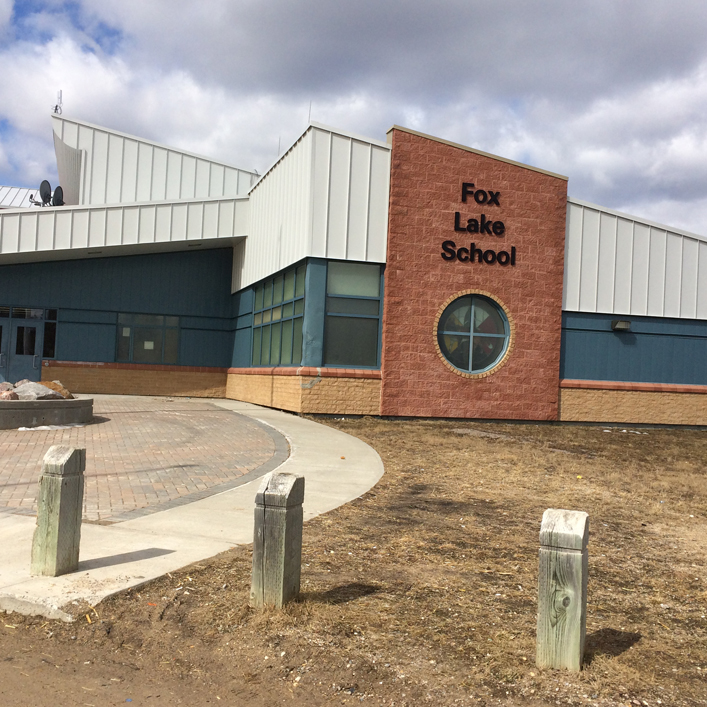Manitoba First Nations school system celebrates first-year successes

The school at the Fox Lake Cree Nation was one of the facilities that benefited from upgrades thanks to the new system
The Manitoba First Nations School System (MFNSS), has had "huge successes" in its first year, says Nora Murdock, director of instructional services for the new, First Nations-designed school system.
The first of its kind in Canada, MFNSS administers and manages elementary and secondary education programs and services for roughly 1,700 students. The students come from 10 participating First Nations that previously ran their own independent schools.
The new school system is supporting First Nations schools, improving the quality and relevance of education, academic standards and student outcomes, including retention, completion and graduation rates.
The creation of MFNSS was a collaborative effort involving participating First Nations, the Manitoba First Nations Education Resource Centre, and Indigenous Services Canada and resulted in an education governance agreement reached in December 2016.
One key component of the agreement has been the ability of the school system to increase the salaries offered to it's current and future teachers. Murdock says the salary boost "helps us to attract and retain qualified teachers. A common problem among a lot of our First Nations band operated schools was that they couldn't afford to pay the teachers at a comparable rate."
Additional curriculum materials and resources for teachers and students are also being provided. School libraries are being upgraded.
"We were able to purchase materials for First Nations' language and culture programs, and we were actually able to hire First Nations' language instructors," said Murdock.
She said First Nations languages are still strong in the communities, and the school system aims to build on such strengths, "to make language and culture a foundation for the education system".
One of the challenges Manitoba First Nations School System encountered when it began operating in 2017 was that school buildings needed more repair work than expected to meet health and safety standards. The resulting upgrades to infrastructure not only improved the facilities, they also raised the morale among students and staff.
The school system will track the students' academic progress and graduation rates using the 2017-2018 year as a base line, but Murdock says improvement is already evident. She pointed to a private home placement program the school system runs for students who leave their communities to attend high school in urban centres.
"Prior to the MFNSS taking over, there was a very high dropout rate," Murdock said. "Many of them went home, but now with increased support, (and) increased allowance levels in all the different areas, our retention rate is much better. They are staying in school longer."
The 10 First Nations participating are:
- Bloodvein First Nation
- Brokenhead Ojibway Nation
- Dakota Plains Wahpeton First Nation
- Fox Lake Cree Nation
- Keeseekoowenin Ojibway Nation
- Lake Manitoba First Nation
- Lake St-Martin First Nation
- Pinaymootang First Nation
- Roseau River Anishinabe First Nation
- York Factory Cree First Nation
More First Nation schools are welcome to join the Manitoba First Nations School System if they wish.